Recent articles and updates [August 2025]
Heart rate variability (HRV), endurance coaching, training talk, wearables, entrepreneurship, and some ramblings.
Hi there 👋
I hope all is well.
Here’s a new recap of articles, research, and updates from the past month. I hope you’ll find the articles useful, and I would like to take the opportunity to thank you for your support.
Please feel free to comment below or in the articles should you have any questions, and I will follow up soon.
Take care!
Heart rate variability (HRV) 🫀
Long Term Trends in Heart Rate Variability (HRV): Seasonality and Meaning
I have received two similar questions in the last weeks, in the context of long-term HRV data and its meaning, as well as its association with seasonal changes (e.g., variations in daylight, temperature, etc.).
Here, we are not looking at daily changes or even baseline changes with respect to our normal range, something I have discussed in the context of HRV-guided training, but we are looking at how the normal range itself is changing over many months.
Learn more here.
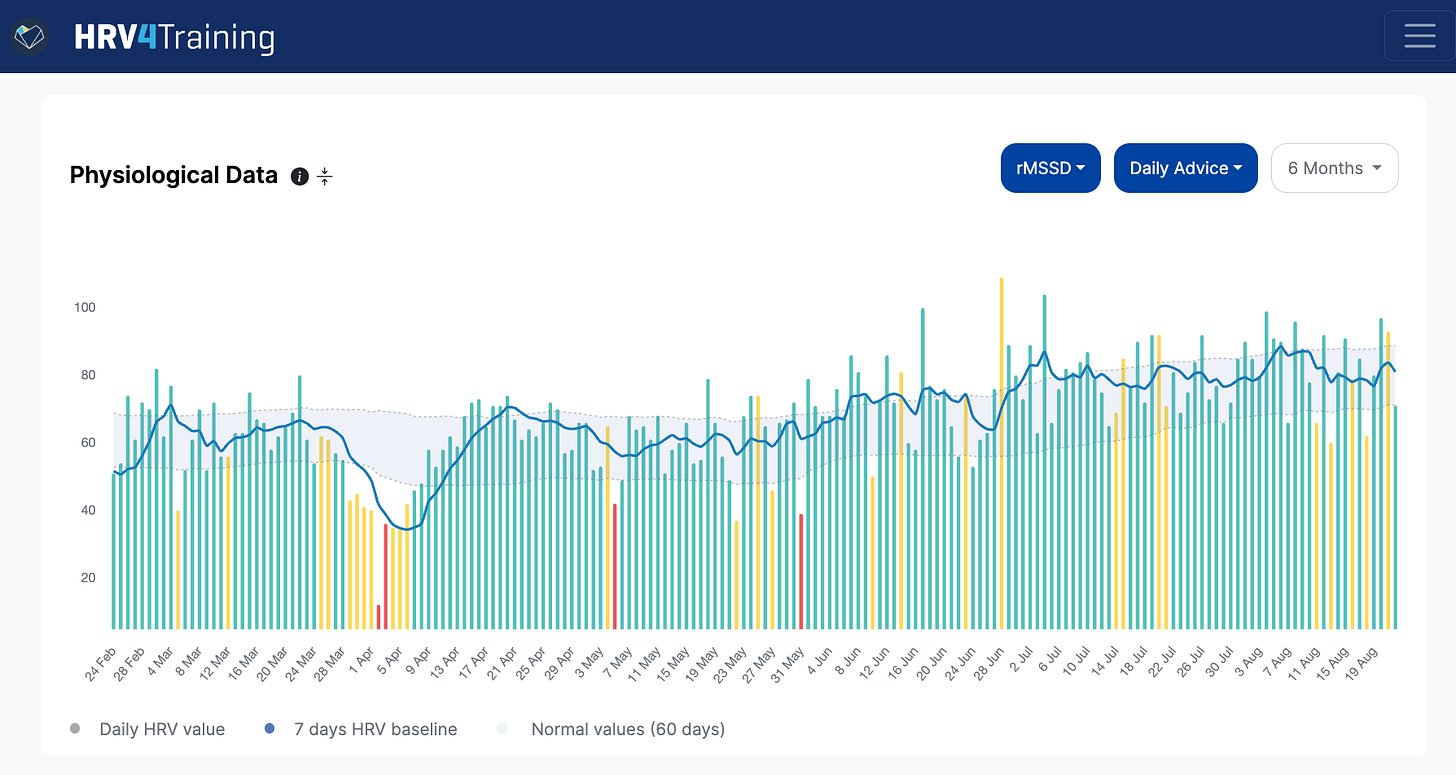
Kyto 2936: another decent, cheap sensor for spot check HRV measurements
I’ve previously shown a comparison of the Kyto 2935 (previous model, including a somewhat more cumbersome setup) with a Polar H10, showing good data even though somewhat suppressed in terms of HRV with respect to our reference data. There is now a new version of the Kyto sensor, which is called 2936 and is wireless (you can find it here, and again, no affiliation).
I often discuss morning protocols and their superior utility with respect to night data and wearables, but the options out there are not many if we want to use a sensor with a third-party app and not be locked within whatever ecosystem the sensor / wearable manufacturer has created. In this context, Kyto sensors are a good option, as shown here. This is the sensor we now use for longer slow breathing / biofeedback sessions using the HRV4Biofeedback app.
CoachCorner ⏱️
Why Perceived Effort Should Guide Your Training
In my latest, I cover the use of perceived effort to guide training, and how getting in tune with our body - assessing exercise intensity subjectively - can set us up for long term success.
I also go through limitations of relying too much on objective metrics such as pace and heart rate, and a few situations in which such data can be more useful.
Check it out, here.
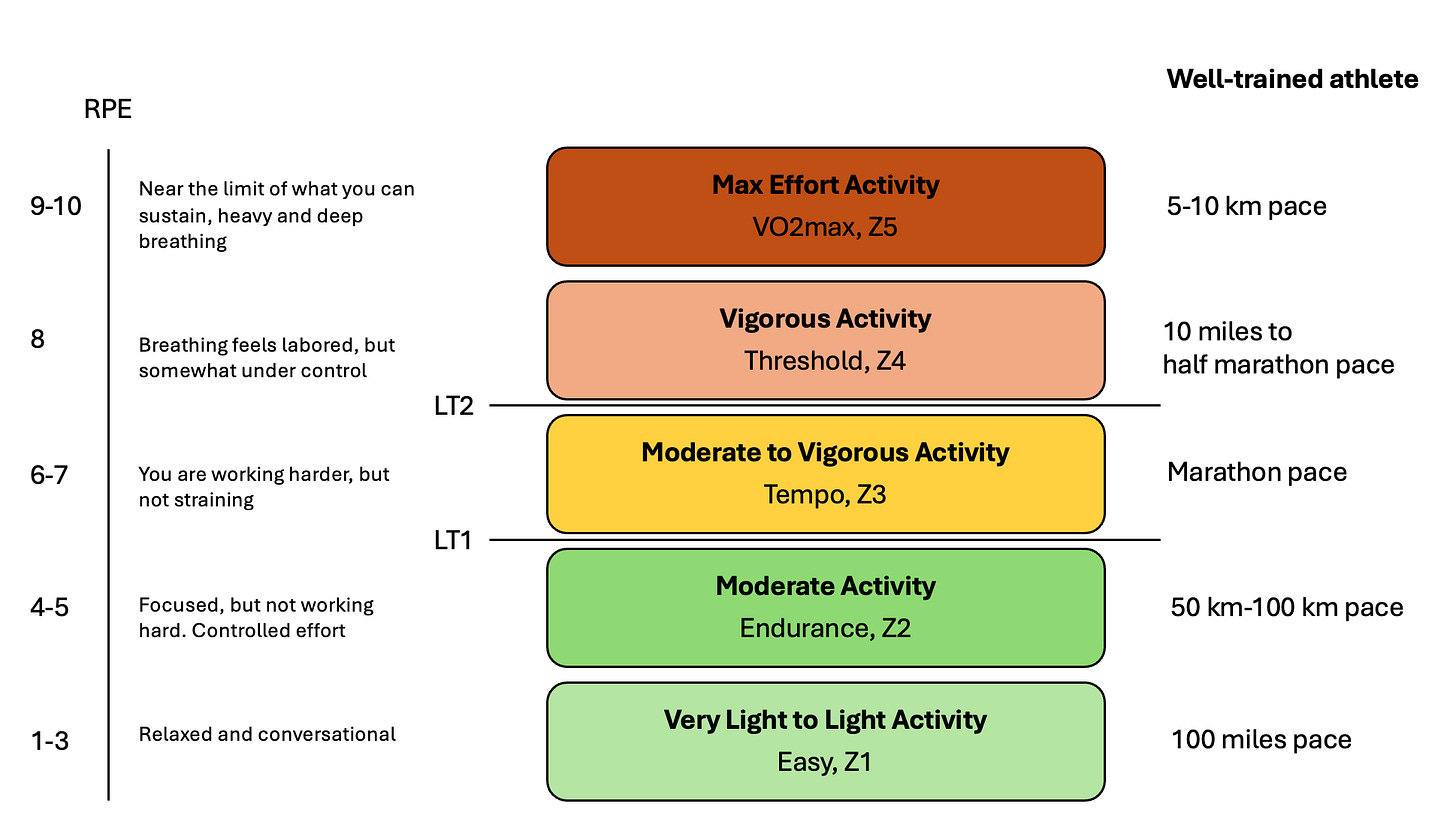
Interviews and Podcasts 🎙️
The Washington Post
Grateful to share the stage with Andy Galpin and Jay Wiles for The Washington Post's latest article on Heart Rate Variability (HRV), which you can find here. I hope you'll find it useful, and thank you Gretchen for the interview, I've enjoyed our chat.
Below are some pointers from my blog, covering aspects discussed in the article, in case you do not have access:
What’s behind changes in HRV? Our paper, here
Endurance Explorers
Una conversazione sulla variabilita cardiaca con Emanuele Magistrelli (in Italiano). Qui.
Notes
Slow breathing exercises after a hard workout.
The myth of continuous stress monitoring using HRV.
It turns out we’ve made it to 12 years. Here is a bit of our journey.
Personal Coaching for Runners
If you are interested in working with me, please learn more here, and fill in the athlete intake form, here.
How to Show Your Support
No paywalls here. All my content is and will remain free.
As a HRV4Training user, the best way to help is to sign up for HRV4Training Pro.
Thank you for supporting my work.
That’s a wrap for this month. Thank you for reading and see you next month.
Recent Updates:
Marco holds a PhD cum laude in applied machine learning, a M.Sc. cum laude in computer science engineering, and a M.Sc. cum laude in human movement sciences and high-performance coaching. He is a certified ultrarunning coach.
Marco has published more than 50 papers and patents at the intersection between physiology, health, technology, and human performance.
He is co-founder of HRV4Training, advisor at Oura, guest lecturer at VU Amsterdam, and editor for IEEE Pervasive Computing Magazine. He loves running.
Social:
Personal Substack
Instagram


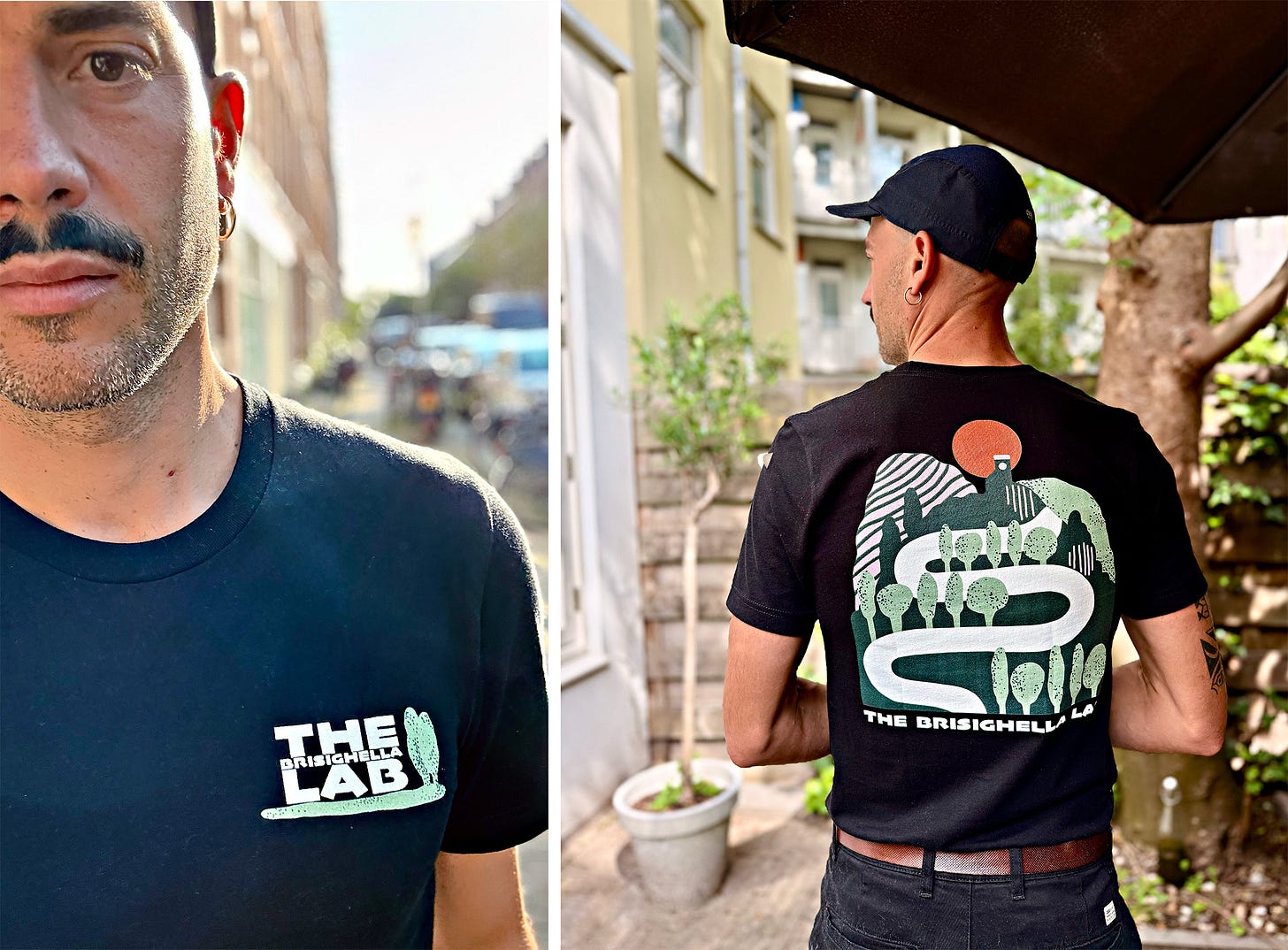
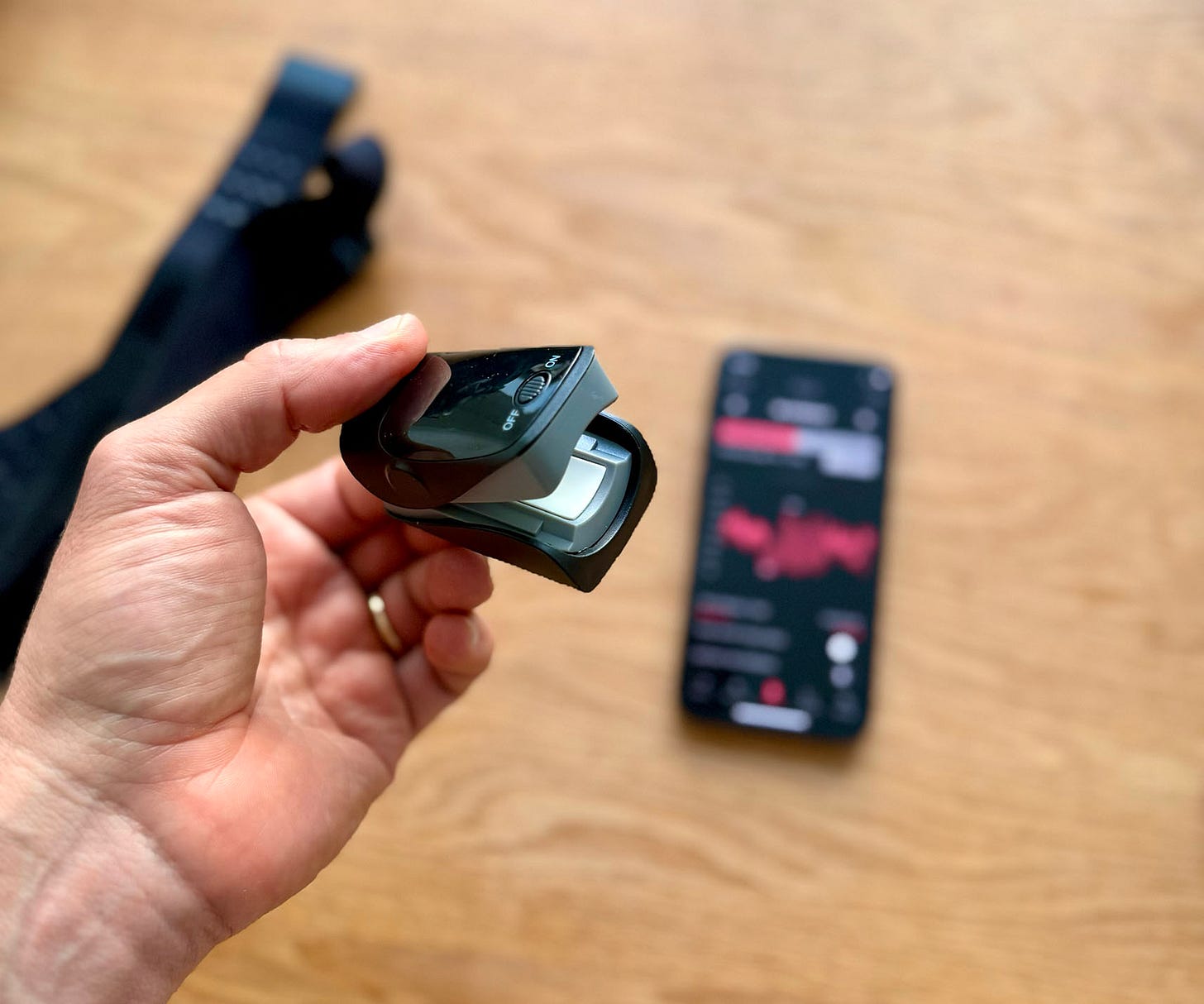
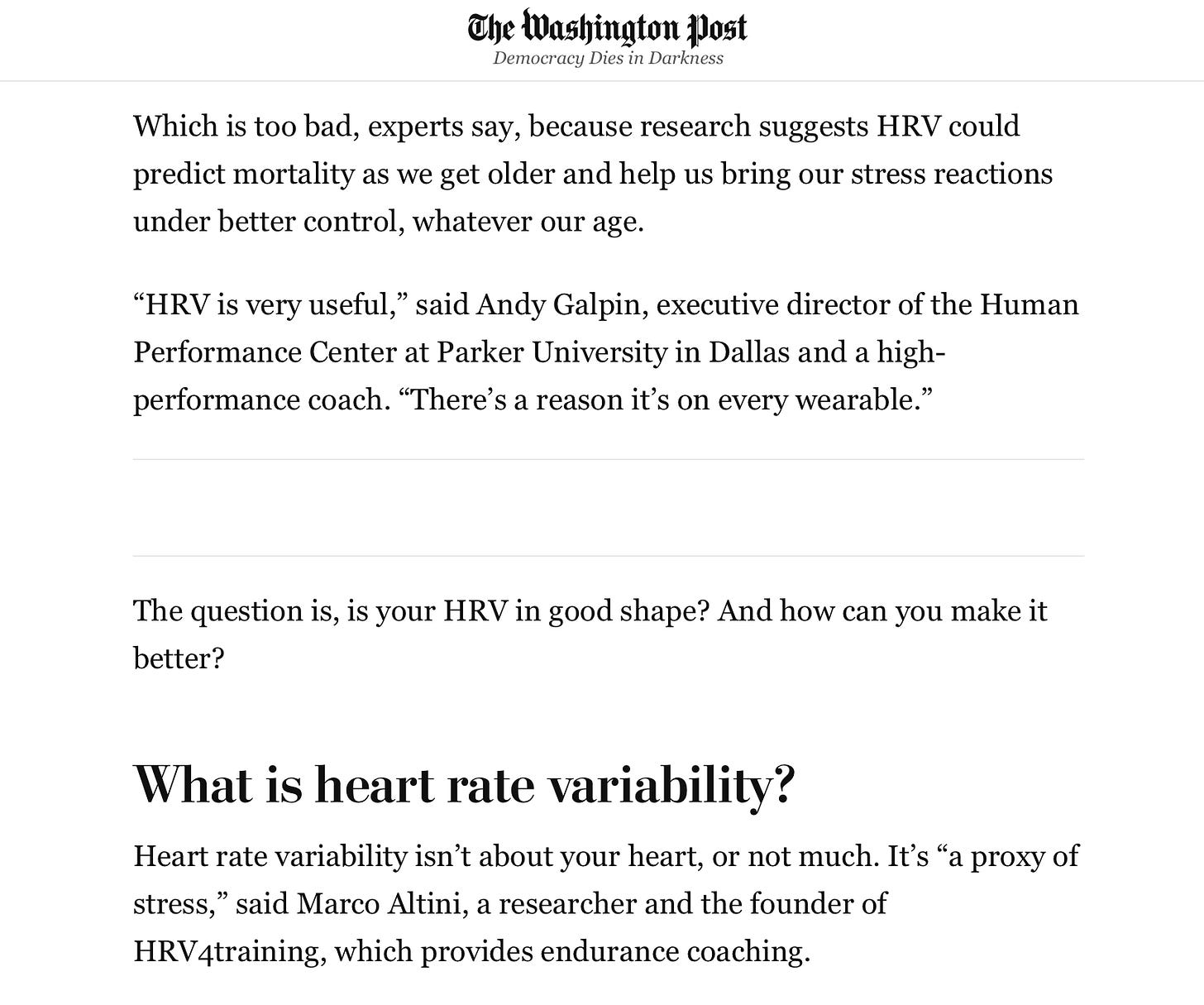

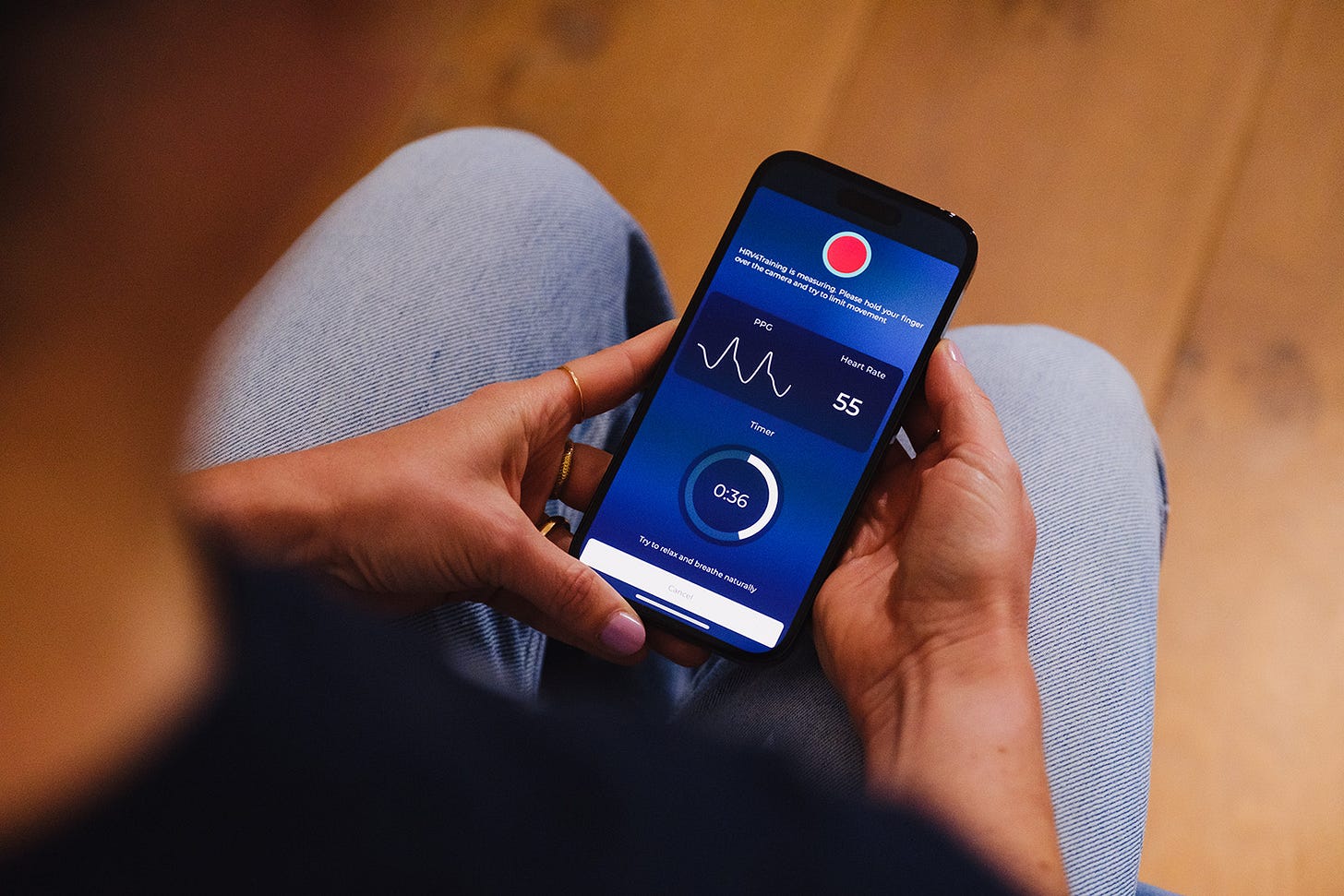
Non so se Substack ha un tasto per la traduzione.